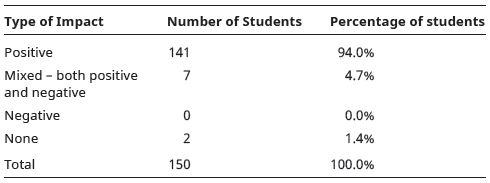
In a recent survey of 80 final year medical students at The University of Edinburgh, 35% reported being the victim of, while 46% reported witnessing microaggression while on clinical placement. It has been established that microaggressions in the clinical environment have a negative impact on victims as well as patient care [¹ ]. It is therefore vital to educate our future clinicians to identify microaggressions and respond to them appropriately. Active Bystander Training (ABT) is a framework that has been designed for this purpose and has been successfully implemented in the clinical environment [2].
We delivered a 90-minute simulation-based session using the ABT framework for final year medical students. In the session, we used two real life examples of microaggressions from our local context. The first example involved racism while the second involved homophobia. We used a combination of shadow-box simulation and immersive simulation to recreate these scenarios. Prior to attending this session, students attended an online teaching session that covered the basic principles of ABT. We began the session with an emphasis on psychological safety and student wellbeing. Participants were then given a short reminder of the principles of ABT. They then watched a video re-enactment of the first scenario. This was followed by a structured debriefing in small groups. Next, in small groups participants were given scripts and assigned roles to take part in an immersive simulation for the second scenario. This was then followed by a second structured debriefing. At the end of the session, there was an opportunity for participants to share their own experiences of microaggressions in the clinical environment. We also signposted students to wellbeing services.
150 final year medical students participated in the session and gave feedback (Table 1). The session was well received with an average overall score of 4.67/5. 94% of participants reported that the workshop had a positive impact on them. Key themes that emerged from the free text feedback were that participants found the ABT framework useful, they found the session empowering, there was an appetite for more sessions like this during their medical training, and they identified the importance of allyship and victim support.

 |
This intervention demonstrates that simulation can be used as an effective modality to empower clinicians to identify and respond to microaggressions in the clinical environment.
1. Freeman L, Stewart H. Microaggressions in clinical medicine. Kennedy Institute of Ethics Journal. 2018;28(4):411–449.
2. York M, Langford K, Davidson M, Hemingway C, Russell R, Neeley M, Fleming A. Becoming active bystanders and advocates: teaching medical students to respond to bias in the clinical setting. MedEdPORTAL. 2021 Aug 19;17:11175.